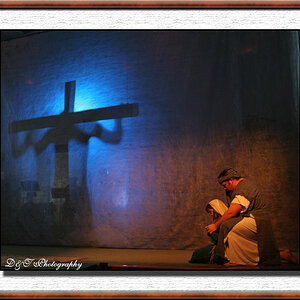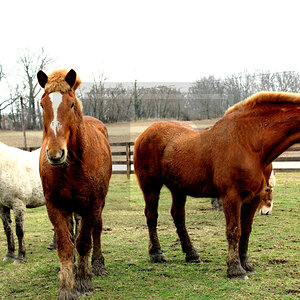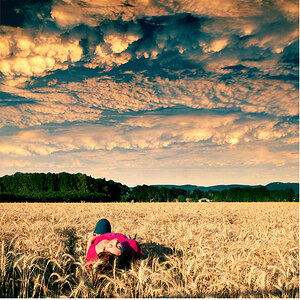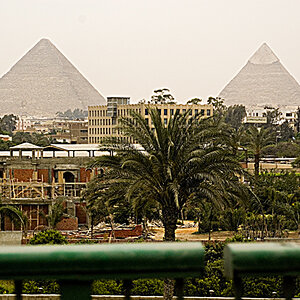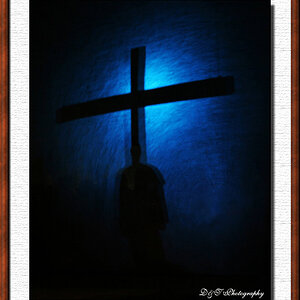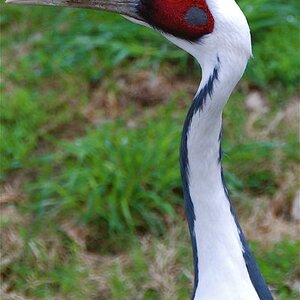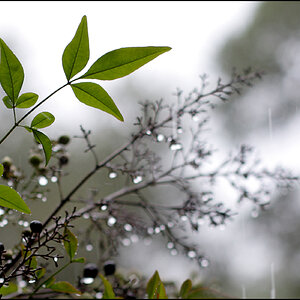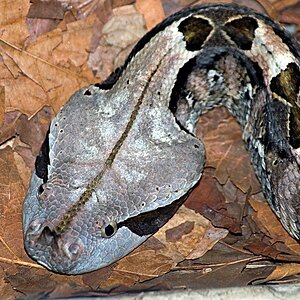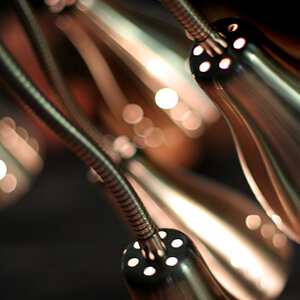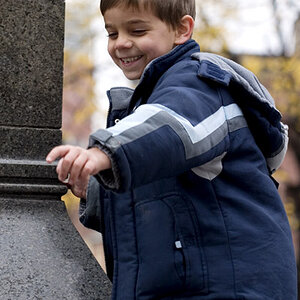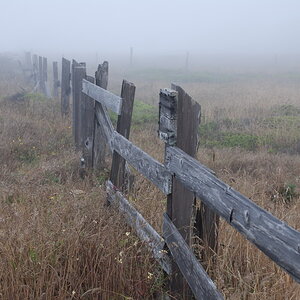Ysarex
Been spending a lot of time on here!
- Joined
- Nov 27, 2011
- Messages
- 7,139
- Reaction score
- 3,699
- Location
- St. Louis
- Can others edit my Photos
- Photos OK to edit
Ermmmm. I think, if I keep ISO as low as possible, get best shot I can, learn from it and constantly look to improve, I am probably on the right track.
Errrrrrrr no. That's one of the faulty ideas my students show up with. They think raising ISO is the source of noise. They don't like noise and so they say to themselves "keep ISO as low as possible." They've also been screwed up by this idea that they can't be real photographers unless they use their camera's in full manual. The scenario: They want to take a photo in low light. Camera ISO is set to 200. They check the meter and discover they need a shutter speed of 1/8 sec. They know they have to raise ISO but that causes noise and so they resist. They figure they need to get the shutter up to 1/125 sec. but that forces the ISO to 3200. That's too high so they settle on a shutter speed of 1/100 sec and set the ISO to 1600 thinking they're close enough and they're holding the noise down. Using the camera in manual they can do that. They get a noisier photo having made matters worse. What they should have done was try the 1/100 sec. if they thought they could manage that but then set the ISO to 3200 or even higher at say 5000. In this case raising the ISO will reduce noise. Bottom line: the noise is coming from the exposure. The correct thinking is keep the exposure as high as possible but then raise the ISO as needed. Take a hard look at that photo I posted above of canning shelves. ISO is 25,600.
Joe
The key being I cannot get a good image from a bad one (as the example previously discussed) so get the best shot(sssss) I can.
Got to go I have a lot to learn.










